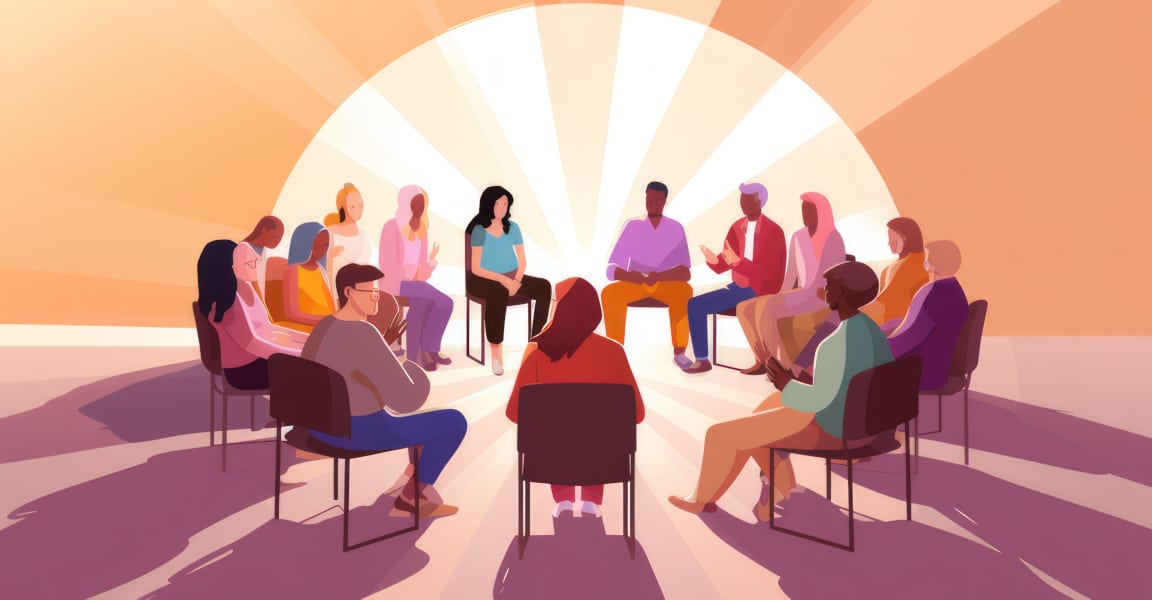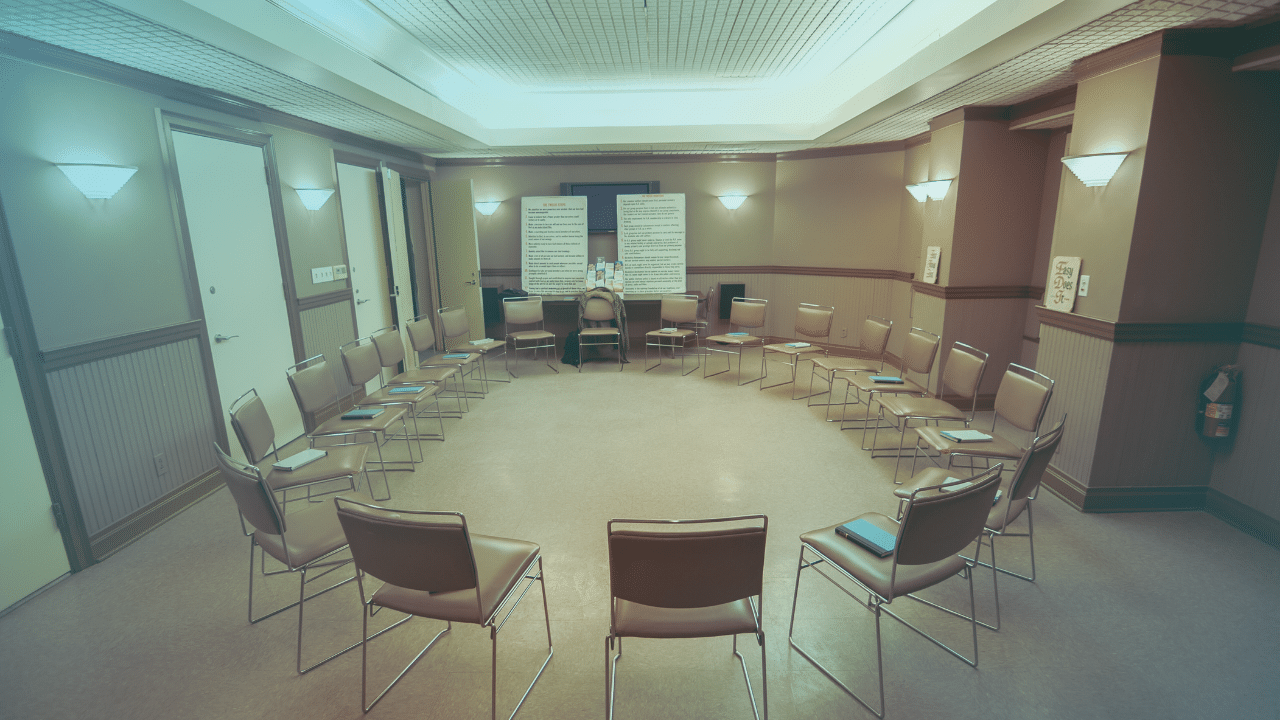
Depending on the severity of a person’s addiction, they will require a different type of care. Rehabilitation centers typically offer varying levels of care in order to fit these needs. These levels actually have a term of their own: the 5 levels of care.
What Are The 5 Levels of Care?
The 5 levels of care refer to substance abuse recovery. People who don’t show signs of a severe addiction begin at a low level, whereas individuals who are at risk for serious physical or physiological health concerns will receive a higher level of care. Some people may go through all five levels of treatment, while others may recover after experiencing one level. Also, individuals can transition to a higher or lower level if needed. For example, patients who no longer require constant care may transfer to a lower level. On the other hand, low levels can also serve as a stepping stone for those who aren’t ready to enroll in a more intensive program.
Here is an overview of the 5 levels of care in rehab:
Level 0.5 – Early Intervention Services
As the name suggests, Level 0.5 isn’t quite a level of care because it does not yet include rehabilitation. It instead serves as a precursor to treatment for individuals who are at risk of developing a substance abuse disorder but have not yet shown signs of needing rehab. While some people might finish after this step and become sober, others may develop an addiction and require a higher level of care.
Level 1 – Outpatient Services
Outpatient rehab allows participants to attend regular meetings while they live at home and maintain their routines. This type of care is essentially designed for individuals who have a job and reside in a healthy living environment. During outpatient treatment, specialists will help patients address how severe their addiction is and give them the tools to change their habits.
Level 2 – Intensive Outpatient/Partial Hospitalization Services
This level of care offers medical and psychiatric care, pharmacological assistance, medication management, and crisis services to individuals who are enrolled in an outpatient program. Essentially, it is outpatient rehab with slightly more supervision. Level 2 offers resources such as childcare, vocational training, transportation to & from meetings, counseling, and education.
Level 3 – Residential/Inpatient Services
Level 3 care is designed for patients who require a comfortable and stable living environment. Individuals enrolled in residential care will either live on-site or in a rented space near the rehab. They will have around-the-clock access to care from experienced substance abuse and mental health professionals. While in an inpatient program, patients may learn recovery skills and may receive lessons on how to re-learn essential life skills.
Level 4 – Detox Inpatient Services
This is the most comprehensive and intensive level of treatment. Level 4 involves 24/7 medical evaluation and daily meetings with physicians. This stage of treatment focuses on stabilizing patients and preparing them to transition to a lower level of care.
Why They Practice the 5 Levels of Care in Rehab
Everyone who suffers from a substance abuse disorder deserves treatment that is tailored to them and their needs. These levels ensure uniformity throughout treatment and make sure that patients receive the right type of care for them from the minute they enroll until they check out of a program.
To learn more about the 5 levels of care directly from substance abuse treatment professionals, contact our team of specialists by calling 267.719.8528.
Sources
Explore this article:
Explore Our Facilities
Drug and alcohol detox and residential treatment for addiction and mental health disorders
Outpatient treatment center for substance use disorder and mental health disorders
Outpatient treatment center for substance use disorder and co-occurring mental health disorders







